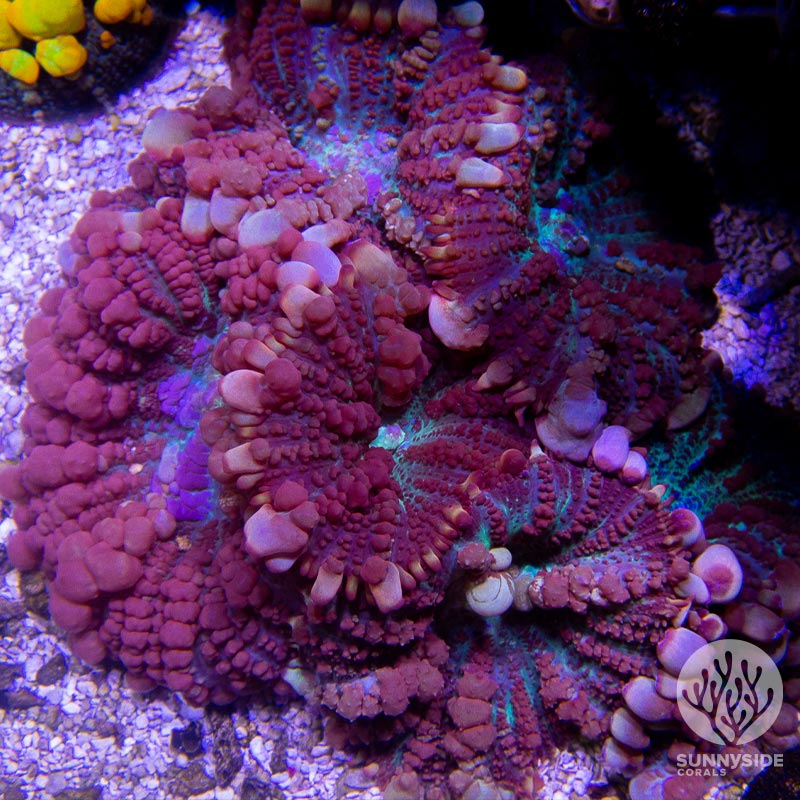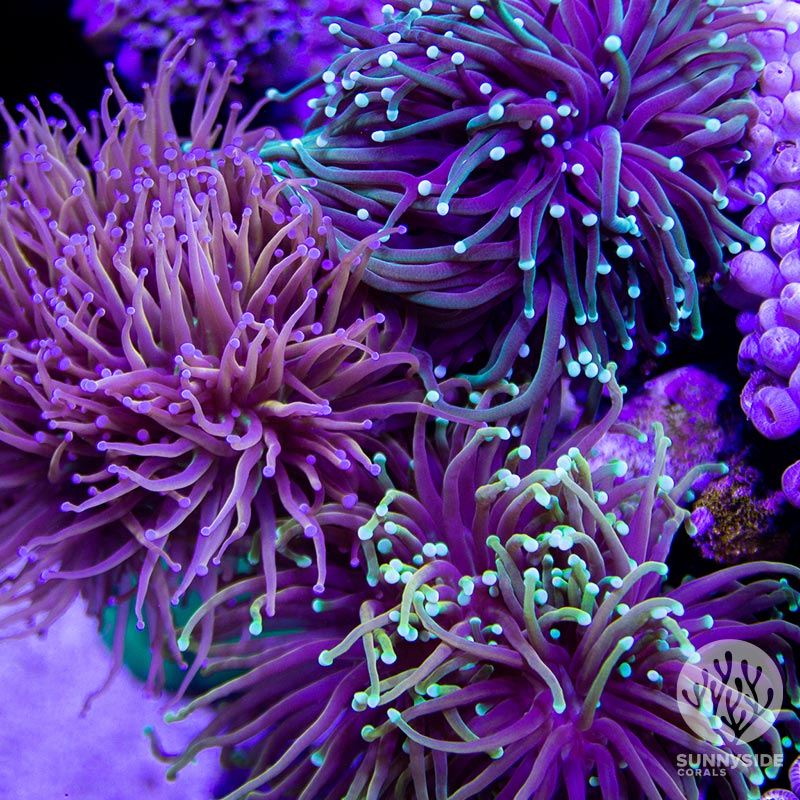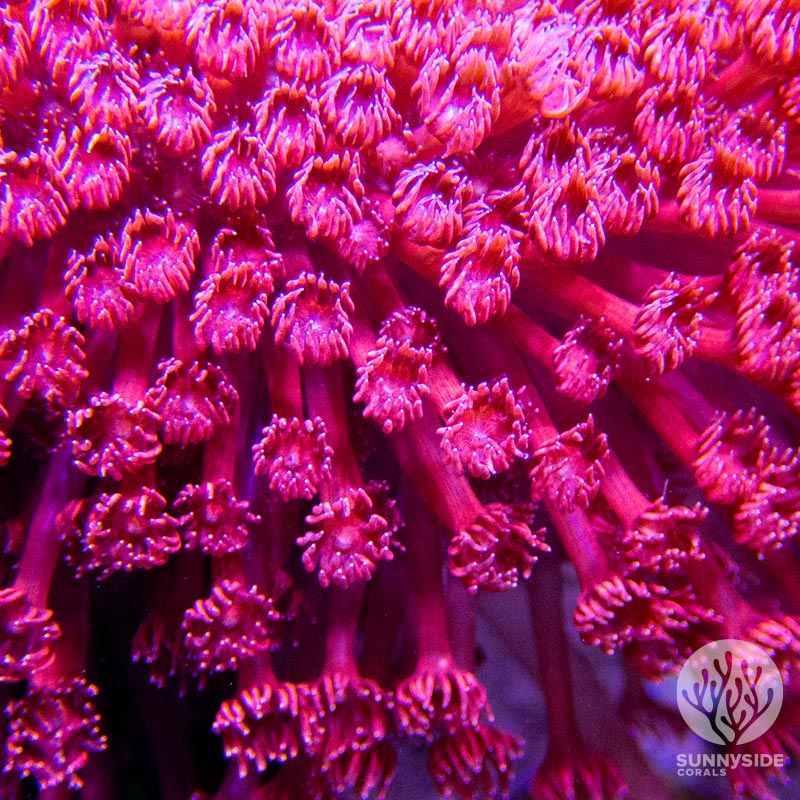If you’re new to the world of aquariums, you may have heard the term “ammonia cycle” thrown around. It’s an important process that occurs in every aquarium, and understanding it is crucial for maintaining a healthy environment for your fish and other aquatic creatures. Essentially, the ammonia cycle is the process by which harmful ammonia is converted into less harmful nitrites and nitrates.
So why is this important? Well, when fish produce waste, it breaks down into ammonia, which is highly toxic to them. In the wild, this ammonia would be diluted by a large body of water, but in an aquarium, it can quickly build up and harm your fish. That’s where the ammonia cycle comes in – it’s a natural process that helps to break down this toxic ammonia and keep your aquarium clean and healthy.
Understanding the ammonia cycle is essential for anyone who wants to keep an aquarium. Not only does it help to keep your fish healthy, but it also ensures that your aquarium stays clean and clear. In this article, we’ll take a closer look at the ammonia cycle – what it is, how it works, and how you can ensure that it’s functioning properly in your aquarium. So let’s dive in!


What is the Ammonia Cycle?
As aquarium enthusiasts, we know how important it is to maintain a healthy environment for our aquatic pets. The Ammonia Cycle is a crucial process in keeping our aquariums clean and safe for our fish and plants. In this section, we will provide an overview of the Nitrogen Cycle and how the Ammonia Cycle works.
Nitrogen Cycle Overview
The Nitrogen Cycle is a natural process that occurs in all aquatic environments. It is the process by which harmful waste, such as ammonia and nitrite, is broken down into less harmful nitrate. The cycle involves beneficial bacteria that convert ammonia into nitrite, and then nitrite into nitrate.
Ammonia is produced by fish waste, uneaten food, and decaying organic matter. Nitrite is produced by the breakdown of ammonia by Nitrosomonas bacteria. Nitrate is produced by the breakdown of nitrite by Nitrobacter bacteria.
How the Ammonia Cycle Works
The Ammonia Cycle is the first stage in the Nitrogen Cycle. It begins with the production of ammonia by fish waste, uneaten food, and decaying organic matter. Ammonia is toxic to fish and invertebrates, so it needs to be converted into less harmful nitrite.
The conversion of ammonia to nitrite is carried out by Nitrosomonas bacteria. These bacteria oxidize ammonia into nitrite through a process called nitrification. Nitrite is also toxic to fish and invertebrates, so it needs to be converted into less harmful nitrate.
The conversion of nitrite to nitrate is carried out by Nitrobacter bacteria. These bacteria oxidize nitrite into nitrate through a process called nitrification. Nitrate is relatively harmless to fish and invertebrates, but if left unchecked, it can build up to toxic levels and cause problems in the aquarium.
It is important to note that the Ammonia Cycle can take several weeks to establish in a new aquarium. During this time, it is important to monitor the levels of ammonia and nitrite using a test kit. Once the cycle is established, the levels of ammonia and nitrite should be zero, and the level of nitrate should be kept below 40 ppm through regular water changes.
Why is the Ammonia Cycle Important in Aquariums?
Fish Health
As aquarium owners, we want our fish to thrive and live long, healthy lives. The ammonia cycle plays a crucial role in maintaining the health of our aquatic pets. Fish produce ammonia as a waste product, and if left unchecked, high concentrations of ammonia can cause stress, gill and internal organ damage, and eventually death. By establishing a healthy ammonia cycle in our aquariums, we can ensure that ammonia is converted into less harmful substances, such as nitrite and nitrate, which can be safely removed through regular water changes.
Water Quality
Another important reason to establish a healthy ammonia cycle in our aquariums is to maintain water quality. High levels of ammonia in the water can lead to cloudy, foul-smelling water, which is not only unpleasant to look at but can also be harmful to the fish and other aquatic organisms in the tank. By establishing a healthy ammonia cycle, we can ensure that the water in our aquariums remains clear, clean, and safe for our fish to swim in.
Overall, the ammonia cycle is a critical process in maintaining the health and well-being of our aquariums. By ensuring that ammonia is converted into less harmful substances, we can provide our fish with a safe and healthy environment to live in.
Establishing the Ammonia Cycle in Your Aquarium
Cycling Your Aquarium
Establishing the ammonia cycle in your aquarium is crucial to the health and well-being of your fish. To begin, we need to cycle our aquarium. Cycling refers to the process of establishing beneficial bacteria in the aquarium that will break down fish waste and other organic matter. This process can take anywhere from four to six weeks, so patience is key.
There are a few different methods for cycling your aquarium, but the most common method is the fishless cycle. This method involves adding a source of ammonia to the aquarium to feed the bacteria. We recommend using pure ammonia, which can be found at most hardware stores. Add five drops of pure ammonia to every ten gallons of water every day until the cycle is established.
Adding Ammonia
When adding ammonia, it’s important to monitor the levels of ammonia, nitrite, and nitrate in the aquarium. You can use a test kit to measure these levels. During the cycling process, the ammonia levels will spike and then begin to decline. This is a sign that the beneficial bacteria are beginning to establish themselves.
Once the ammonia levels begin to decline, you can begin to add small amounts of fish food to the aquarium to provide additional sources of ammonia for the bacteria. Be sure to monitor the levels of ammonia, nitrite, and nitrate closely during this process. You want to keep the ammonia levels at around 3ppm, and the nitrite levels at 0ppm.
It’s important to note that during the cycling process, the water may become cloudy and there may be a buildup of algae. This is normal and will subside as the cycle becomes established. Be patient and continue to monitor the levels of ammonia, nitrite, and nitrate until the cycle is fully established.


Maintaining the Ammonia Cycle
Once the ammonia cycle is established in our aquarium, it is important to maintain it properly to ensure the health of our fish and other aquatic creatures. Here are some tips on how to do that:
Testing Water Parameters
We should regularly test the water parameters in our aquarium to ensure that the ammonia levels are within the safe range. We can use a test kit to measure the levels of ammonia, nitrite, and nitrate. The ideal level of ammonia is 0 ppm, while the nitrite and nitrate levels should be kept below 0.5 ppm and 20 ppm, respectively.
If we find that the ammonia levels are too high, we can perform a partial water change to dilute the concentration of ammonia in the aquarium. We should also avoid overfeeding our fish, as excess food can contribute to the ammonia levels in the aquarium.
Regular Water Changes
Regular water changes are an important part of maintaining the ammonia cycle in our aquarium. We should change about 10-15% of the water in our aquarium every week to remove any accumulated waste and replenish the aquarium with fresh, clean water. This will help to keep the ammonia levels in check and ensure that our fish and other aquatic creatures have a healthy environment to live in.
During water changes, we should also clean the filter media to remove any accumulated debris and ensure that the filter is working properly. We should avoid cleaning the filter too often, as this can disrupt the ammonia cycle and remove the beneficial bacteria that are responsible for breaking down the ammonia in the aquarium.
By testing the water parameters and performing regular water changes, we can ensure that the ammonia cycle in our aquarium is maintained properly. This will help to keep our fish and other aquatic creatures healthy and happy, and ensure that our aquarium is a beautiful and thriving ecosystem.
Troubleshooting Common Ammonia Cycle Problems
When setting up an aquarium, it is important to establish the ammonia cycle to ensure the health and wellbeing of your fish. However, sometimes things don’t go as planned and you may encounter some common problems during the cycling process. In this section, we will discuss two of the most common problems and how to troubleshoot them.
Ammonia Spikes
One of the most common problems during the ammonia cycle is an ammonia spike. This occurs when the bacteria responsible for breaking down ammonia have not yet established themselves in the tank. As a result, ammonia levels can become very high, which can be harmful to fish.
If you notice an ammonia spike, the first thing to do is to perform a partial water change to dilute the ammonia in the tank. You can also add a bacterial supplement to help establish the necessary bacteria. Be sure to test the water regularly to monitor ammonia levels and continue partial water changes as necessary.
Cloudy Water
Another common problem during the ammonia cycle is cloudy water. This can be caused by a bacterial bloom, which occurs when the bacteria responsible for breaking down ammonia multiply rapidly. While this is a normal part of the cycling process, it can be unsightly and concerning for aquarium owners.
If you notice cloudy water, the best thing to do is to wait it out. The bacterial bloom should clear up on its own as the bacteria establish themselves in the tank. However, you can also try reducing the amount of food you are feeding your fish, as excess food can contribute to the cloudiness. Additionally, you can perform partial water changes to help clear up the water.
FAQs
How long does it take to cycle a tank with ammonia?
Cycling a tank with ammonia can take anywhere from 2 to 6 weeks. It depends on the size of the tank, the amount of ammonia added, and the temperature of the water. The process can be sped up by adding live bacteria supplements to the tank. We recommend testing the water every few days to monitor the progress of the cycle.
How much ammonia is needed to cycle a tank?
The amount of ammonia needed to cycle a tank depends on the size of the tank. A general rule of thumb is to add 4-5 drops of pure ammonia per gallon of water. However, it’s important to test the water regularly to ensure the ammonia levels stay between 2-4 ppm. Adding too much ammonia can harm the fish and prolong the cycling process.
What should the ammonia level be during cycling with fish?
If you choose to cycle your tank with fish, it’s important to keep the ammonia levels as low as possible. We recommend keeping the ammonia levels below 1 ppm to prevent harm to the fish. Test the water regularly and perform partial water changes as needed to keep the ammonia levels in check. It’s important to note that cycling with fish can be stressful for the fish and is not recommended for beginners. We recommend cycling with pure ammonia or live bacteria supplements instead.
Conclusion
Propagating acroporas can be a rewarding and exciting experience for any reef hobbyist. With the right tools, techniques, and knowledge, you can successfully grow and maintain a thriving acropora coral reef. Remember to always prioritize stability and consistency in your reef tank environment, and to research and follow best practices for acclimating new frags.
When fragging acroporas, be sure to use clean, sharp tools and to handle the corals with care. Take your time and follow a step-by-step process to ensure the best chances of success. Adequate flow and lighting are also crucial factors to consider when propagating acroporas.
Additionally, it’s important to monitor your acropora frags closely for any signs of stress or disease. Keep an eye out for changes in color, texture, or behavior, and take action immediately if you notice any issues. Regular water testing and maintenance can also help prevent problems before they arise.
Overall, fragging acroporas requires patience, attention to detail, and a willingness to learn and adapt. With the right approach, you can enjoy the beauty and diversity of these stunning corals in your own reef tank for years to come.
